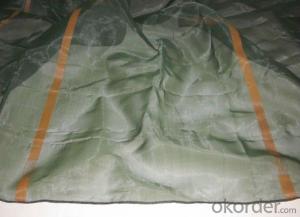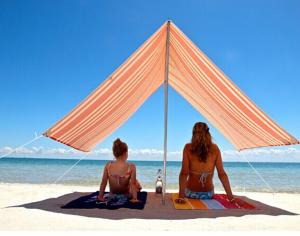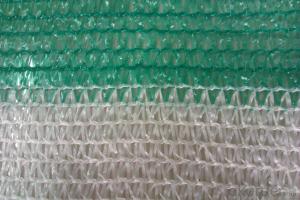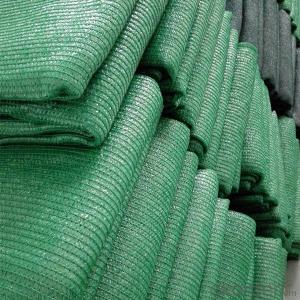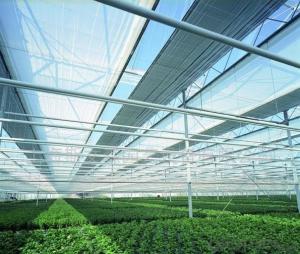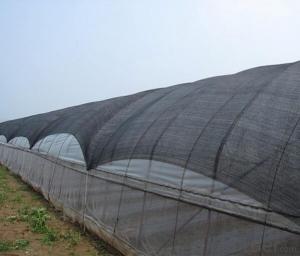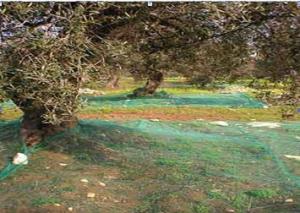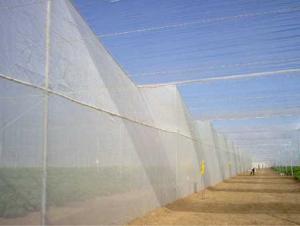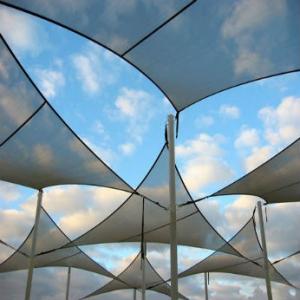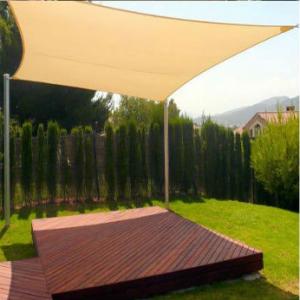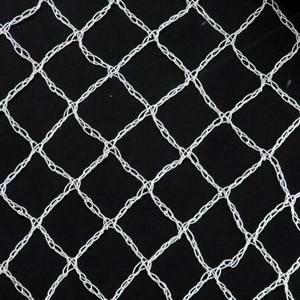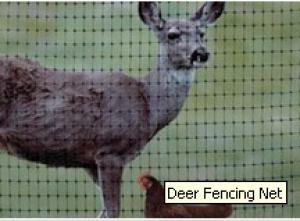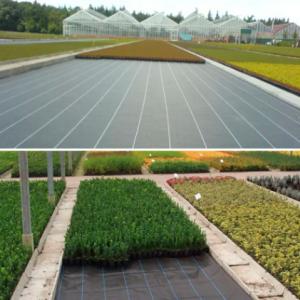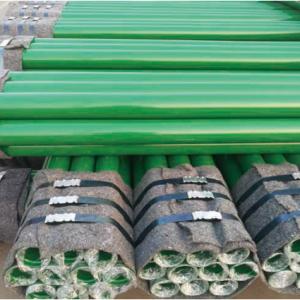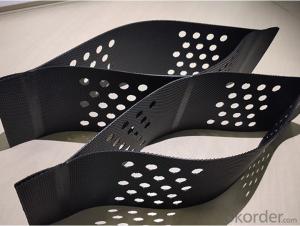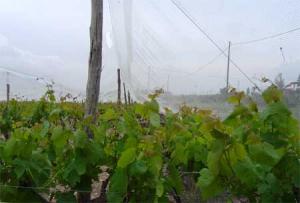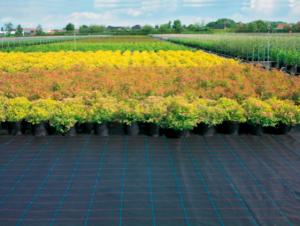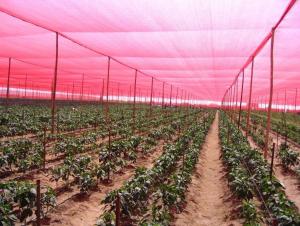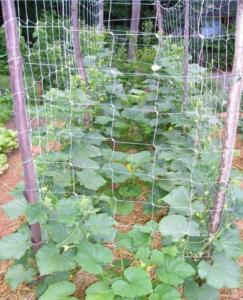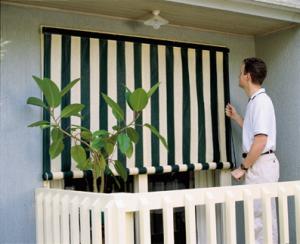PE tarpaulin for all purpose outdoor covers with UV
- Loading Port:
- Qingdao
- Payment Terms:
- TT OR LC
- Min Order Qty:
- 3000 m²
- Supply Capability:
- 3000000 m²/month
OKorder Service Pledge
OKorder Financial Service
You Might Also Like
PE tarpaulin for all purpose outdoor covers with UV tarpaulin
Specifications of PE tarpaulin for all purpose outdoor covers with Uv
1. PE tarpaulin factory
2.Weight: 65gsm---300gsm
3. Color: blue, orange, silver,green, white, black
4.FORM A , FORM E , CO
Material of Tarpaulin: PE
Weaving condition: weaved by circular jet loom
Mesh: 7*7 8*8 10*10,12*12,14*14
Weight/gram per square meter: 150GSM
Width: 2m, 4m, 6m, 8m, available for wider fabric by heat sealing, Or according to clients’ requirement
Length: 50m, 100m, 200m, by customers’ requirements
Coating: HDPE laminated both sides
Colors: orange-orange
Characteristic: Binding resistant, press resistant, water-proof, sun-resistant, anti-aging, tear proof, antifreeze, corrosion-resistant.
Application: PE tarpaulin for all purpose outdoor covers are widely used for truck canopy, ship, cover and cargo storage or transportation in mineral factories and ports,also can be used as tents outside, travel and calamities, the tarpaulin is to cover and protect the goods in the open air.
Package: packed in roll
Delivery time: 25 days after order confirmation

- Q:How do plastic nets affect biodiversity?
- Plastic nets can have a negative impact on biodiversity. When these nets are discarded or lost in the oceans, they can entangle marine animals, causing injuries or even death. The entanglement can hinder their ability to swim, find food, or reproduce, leading to a decline in population numbers. Additionally, plastic nets can also damage coral reefs and other marine habitats, disrupting the delicate balance of ecosystems and further impacting biodiversity.
- Q:Do plastic nets come with anti-bacterial properties?
- No, plastic nets typically do not come with inherent anti-bacterial properties.
- Q:How do plastic nets help in controlling erosion?
- Plastic nets help in controlling erosion by providing a protective layer over the soil, preventing it from being washed away by water or blown away by wind. These nets act as a physical barrier that traps sediment and retains moisture, allowing vegetation to take root and stabilize the soil. Additionally, they help to reduce the velocity of water runoff, minimizing the impact of raindrops on the soil surface and preventing the formation of gullies.
- Q:How do plastic nets affect waste disposal methods?
- Plastic nets can significantly impact waste disposal methods. These nets are often used in industries like fishing and agriculture, but they can end up causing serious problems in waste management. When plastic nets are improperly disposed of or discarded, they can get tangled in sorting machinery at recycling facilities, leading to breakdowns and costly repairs. Additionally, if these nets end up in landfills, they can take hundreds of years to decompose, contributing to the growing issue of plastic pollution. Therefore, proper disposal and recycling of plastic nets are essential to minimize their negative impact on waste disposal methods and the environment.
- Q:What are the different colors of plastic nets available?
- The different colors of plastic nets available can vary, but common options include black, green, blue, and orange.
- Q:Can plastic nets be used for aviaries?
- Yes, plastic nets can be used for aviaries. They are lightweight, durable, and provide good visibility while keeping the birds safely contained. Additionally, plastic nets are resistant to weather conditions and are easy to clean, making them a practical choice for aviary construction.
- Q:Are plastic nets suitable for use in swimming pool areas?
- No, plastic nets are not suitable for use in swimming pool areas as they can easily deteriorate due to constant exposure to water and chemicals. Additionally, they may not provide adequate safety and are not designed to withstand the specific demands of a pool environment.
- Q:Are plastic nets commonly used in the poultry industry?
- Yes, plastic nets are commonly used in the poultry industry. They are often used as a protective barrier to prevent birds from escaping or to separate different groups of birds within a poultry farm.
- Q:Are plastic nets harmful to humans?
- Plastic nets can be harmful to humans, particularly when they are ingested or come into direct contact with the skin. The chemicals used in the production of plastic nets, such as phthalates and bisphenol A (BPA), can leach into food or drinks stored in them, posing potential health risks. Additionally, if plastic nets are burned, they release toxic fumes that can be hazardous when inhaled. Therefore, it is important to minimize exposure to plastic nets and seek alternatives whenever possible.
- Q:How do plastic nets help in preventing animal trampling in gardens?
- Plastic nets create a physical barrier that prevents animals from accessing gardens, thus reducing the risk of trampling and damaging plants.
1. Manufacturer Overview |
|
|---|---|
| Location | |
| Year Established | |
| Annual Output Value | |
| Main Markets | |
| Company Certifications | |
2. Manufacturer Certificates |
|
|---|---|
| a) Certification Name | |
| Range | |
| Reference | |
| Validity Period | |
3. Manufacturer Capability |
|
|---|---|
| a)Trade Capacity | |
| Nearest Port | |
| Export Percentage | |
| No.of Employees in Trade Department | |
| Language Spoken: | |
| b)Factory Information | |
| Factory Size: | |
| No. of Production Lines | |
| Contract Manufacturing | |
| Product Price Range | |
Send your message to us
PE tarpaulin for all purpose outdoor covers with UV
- Loading Port:
- Qingdao
- Payment Terms:
- TT OR LC
- Min Order Qty:
- 3000 m²
- Supply Capability:
- 3000000 m²/month
OKorder Service Pledge
OKorder Financial Service
Similar products
New products
Hot products
Related keywords



